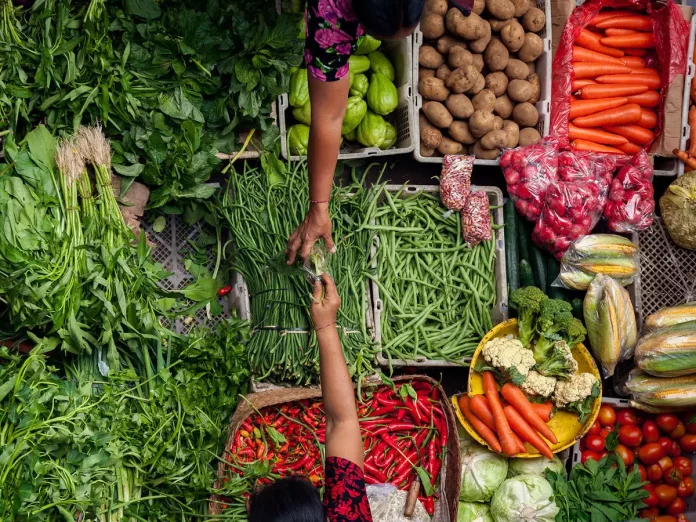The Producer Price Index (PPI) measures the rate of change in the prices of goods and services bought and sold by producers. The Department of Statistics Malaysia (DOSM) calculates PPI using two methods.
The first is the basic output index categorized by the Malaysian Standard Industrial Classification System (MSIC2008). The second method, which is the focus of this paper is to analysed the Producer Price Index (PPI) by aggregating according to the stage-of-processing (SOP) indices. SOP categorizes goods and services into primary, intermediate, and fi nished stages of production, allowing analysts to track price infl ation throughout the production chain.
This paper examines the relationship between a subcomponent of SOP (Finished consumer foods) and a CPI subgroup (Food at home).
Data Source And Methodology
Various studies were conducted to fi nd the relationship between PPI and CPI. Ghazali, Yee and Muhammed (2008) examines the PPI and CPI monthly data from January 1986 and April 2007 in Malaysia. Their findings suggest that there is unidirectional causality running from PPI to CPI in Malaysia.
Meanwhile, A study by Liping, Gang and Jiani (2008) found a unidirectional causality between PPI and CPI that is running from CPI to PPI in China.
A five year (5) movements from January 2019 to August 2023 for CPI and PPI was plot to examine the relationship between them. Finished consumer foods from SOP for PPI are plot against the Food at home in CPI. Finished consumer foods is a subcomponent of Finished goods in the SOP. In addition, a correlation analysis of these two variables was made to see the magnitude of their relationship.
Food at home in CPI reflects the items that households in Malaysia buy for cooking preparation at home such as rice, wheat flour, milk and sugar, while Finished consumer foods refers to fi nished food items and are ready to be sold to final users.
This study also compares correlation results of headline CPI and total PPI as well as for Food at home and three PPI’s SOP categories i.e Crude materials, Intermediate materials and Finished goods.
The above chart shows the year-on-year change of Food at home (CPI) and Finished consumer foods (PPI-SOP) for a period of January 2019 until August 2023. The graph shows that for a period of January 2019 to February 2020 there was a gap between Finished consumer foods and Food at home.
Food at home recorded increases ranging from negative 0.5 per cent to 1.6 per cent during the period. On the contrary, the Finished consumer foods registered declines in prices of between negative 3.4 per cent to negative 0.3 per cent.
The Finished consumer foods started to increase in February 2020 and recorded a peak of 7.4 per cent in August 2022 before slowing down afterwards. Similarly, the infl ation of Food at home started to increase in September 2021(2.6%) and registered the highest increase of 6.4 per cent in both July dan August 2022.
The correlation between Food at home (CPI) and various categories of PPI (SOP)
A comparison based on a correlation analysis for year-on-year changes of Food at home and various categories for stage of processing PPI was made from January 2019 to August 2023 (Table 1a).
The results suggest a strong relationship between Food at home and Finished consumer foods with a value of 0.934. However, there was a weak relationship between Food at home and Crude materials with a value of 0.007.
Crude materials consist of commodity items and thus crude materials inflation was highly influenced by changes in commodity prices such as fresh fruit bunches and crude oil. As a result, contributing to the weak relationship.
Nevertheless, a moderate relationship was recorded for Food at home & Intermediate materials (0.616); and Food at home & Finished goods (0.665). Meanwhile, a correlation of CPI and PPI at total level was recorded at 0.62.
In summary, the findings indicate a strong relationship between price transmission, particularly from Finished consumer foods to consumer price, as refl ected in Food at home. The insight has implications for understanding how changes in producer prices aff ect consumer price. However, it is important to note that this study has its limitations.
Further, more detailed analysis is required to provide a comprehensive understanding of the relationship between these indexes in Malaysia and to explore its broader implications for economic decision-making.
Maslina Samsudin, Price, Income & Expenditure Statistics Division, Department of Statistics Malaysia










